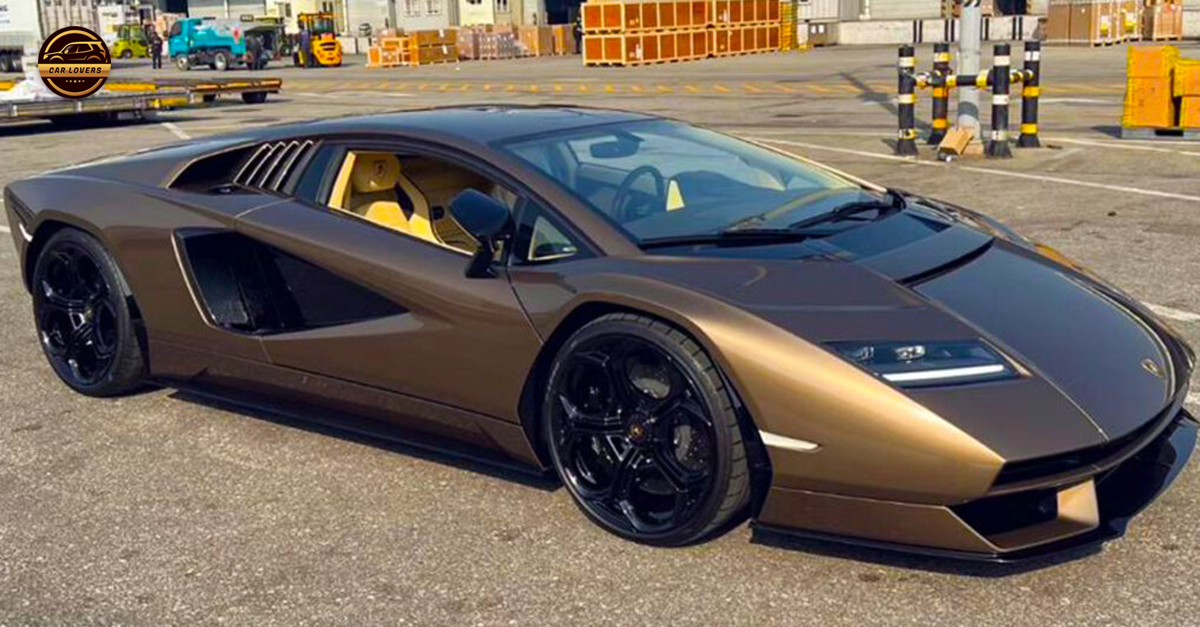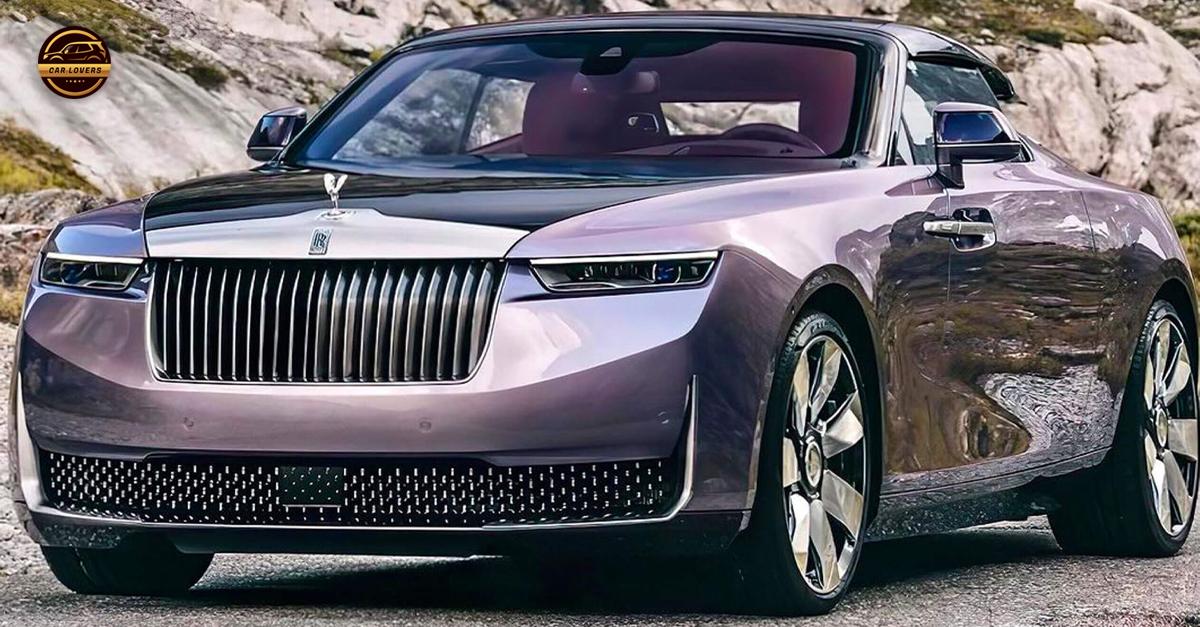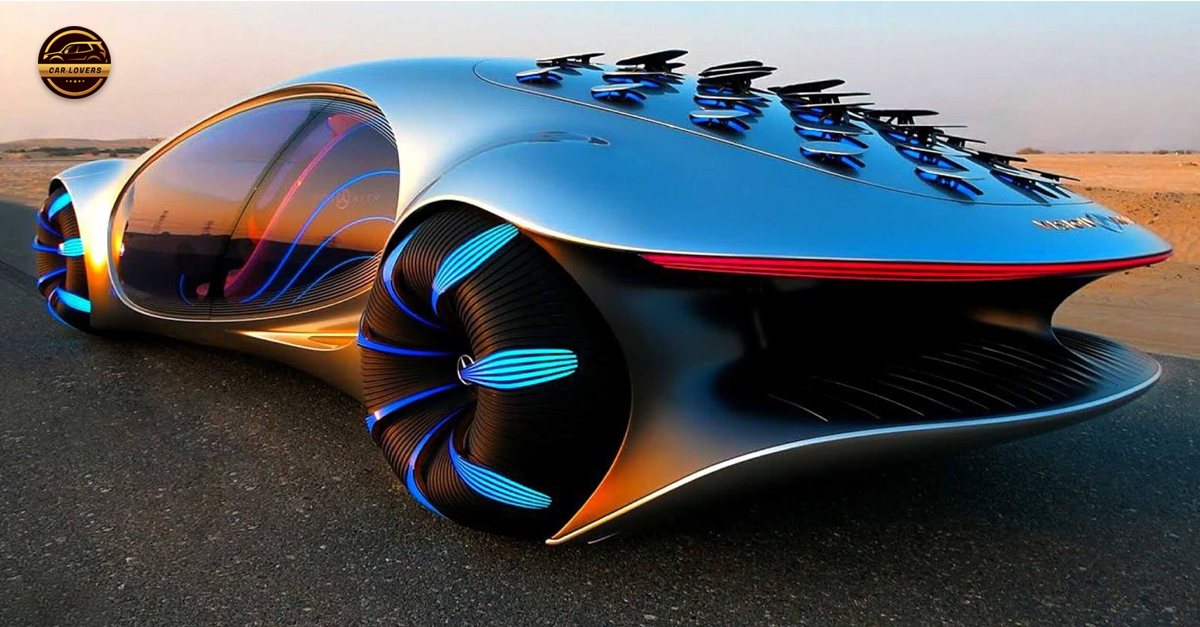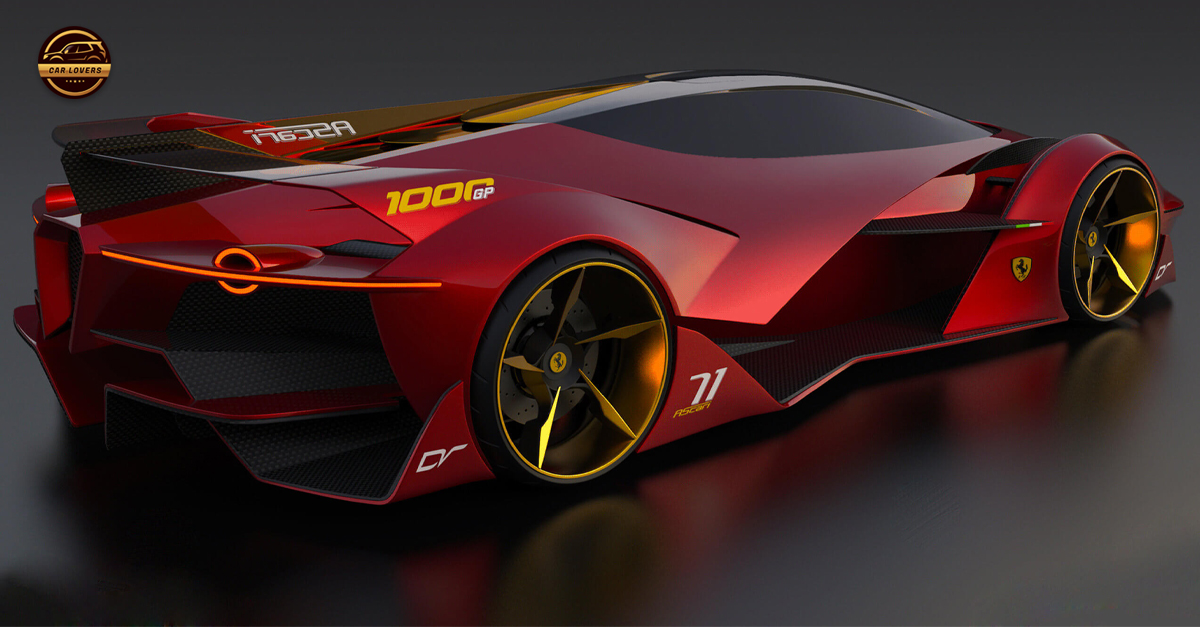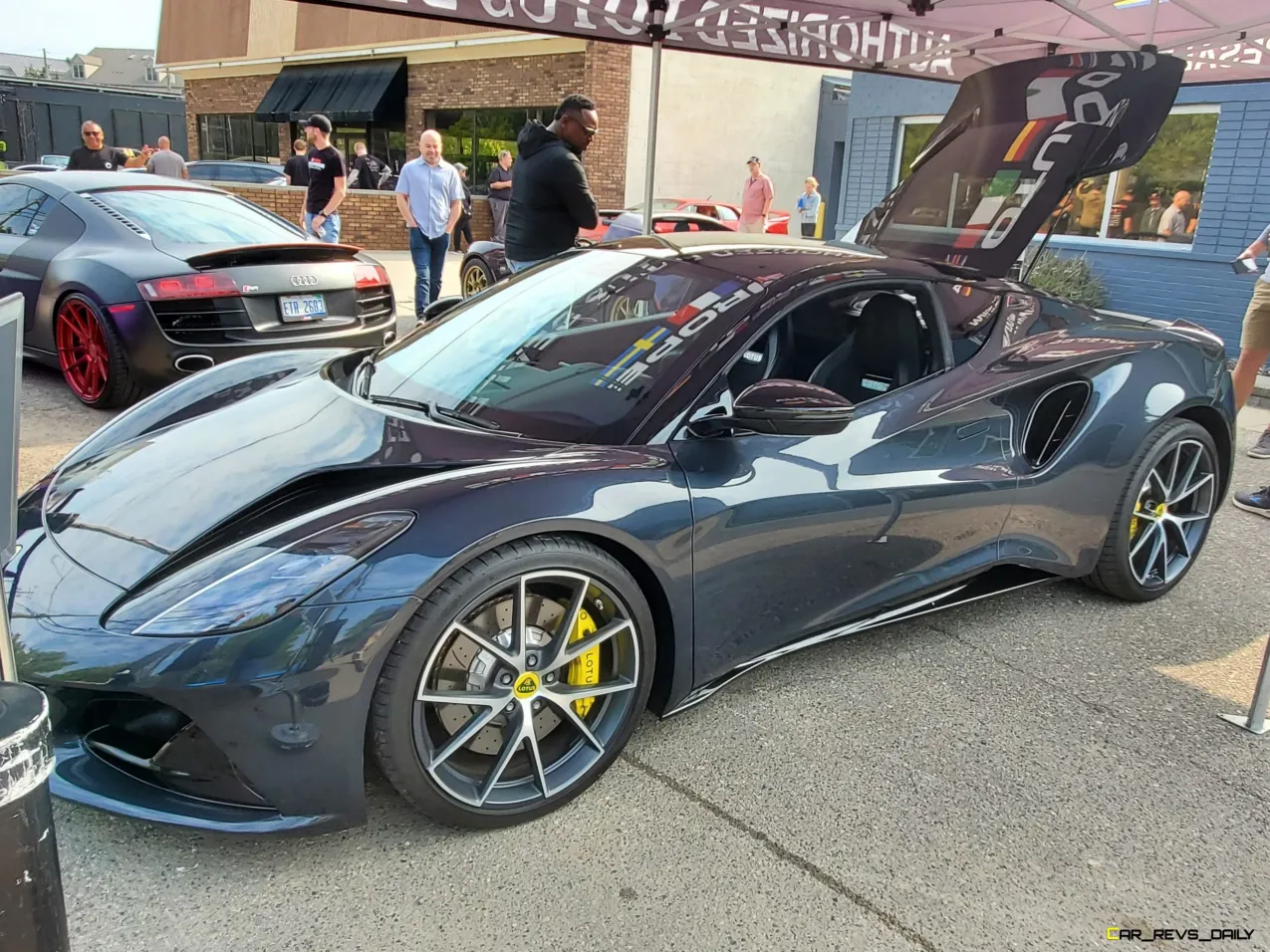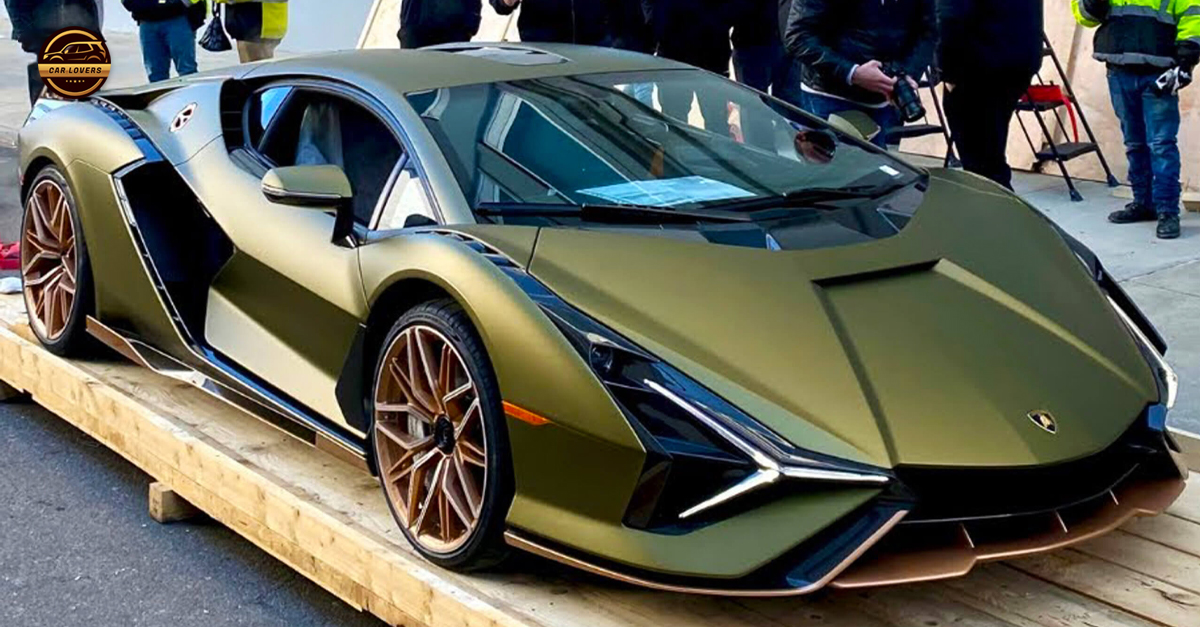Alfa will build just 33 units of the 33 Stradale, and buyers can choose between a battery-electric or gas powertrain.
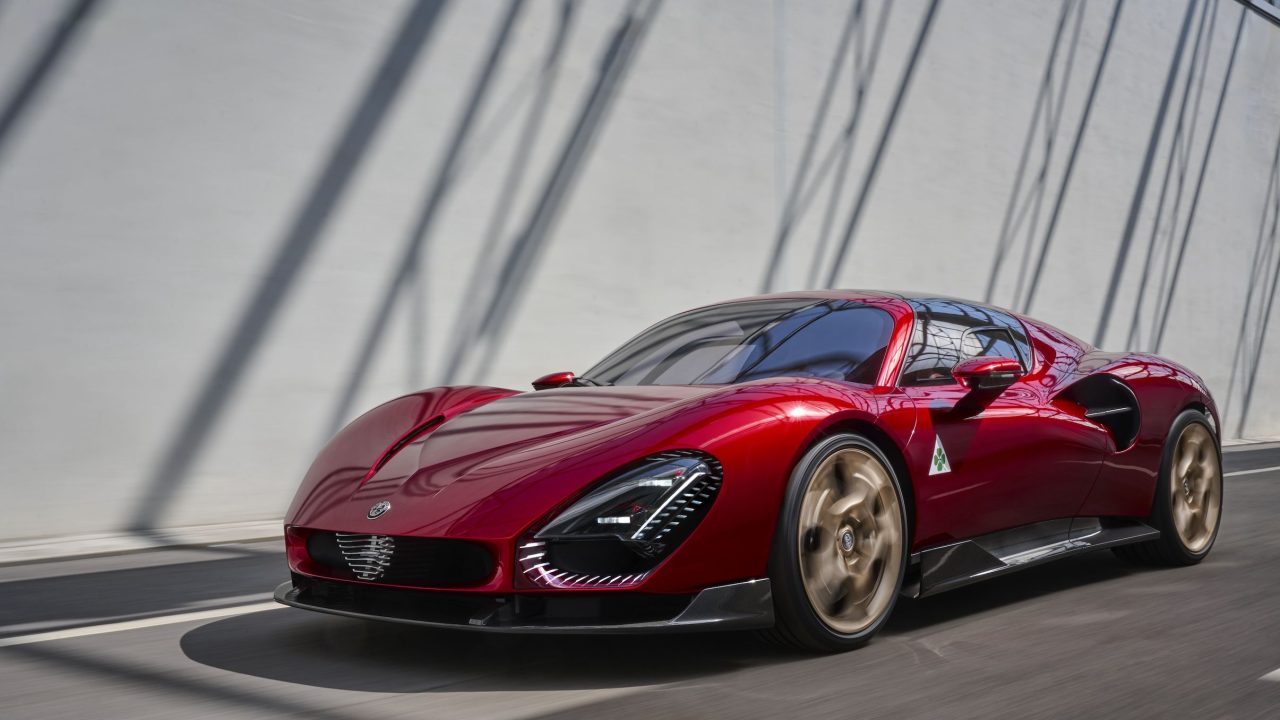
- The Alfa Romeo 33 Stradale will be limited to a total of 33 examples.
- Alfa’s employing coachbuilder Carrozzeria Touring Superleggera to handle 33 Stradale production.
- The 33 Stradale cribs its name and likeness from the Alfa Romeo 33 Stradale sports car of the late 1960s.
Alfa Romeo is pulling from its past in order to prepare for the future. The latest halo car from the 113-year-old brand shares its name and likeness with the 33 Stradale mid-engine sports car of the late 1960s. That car served as the road-going counterpart to the automaker’s Tipo 33 race car.
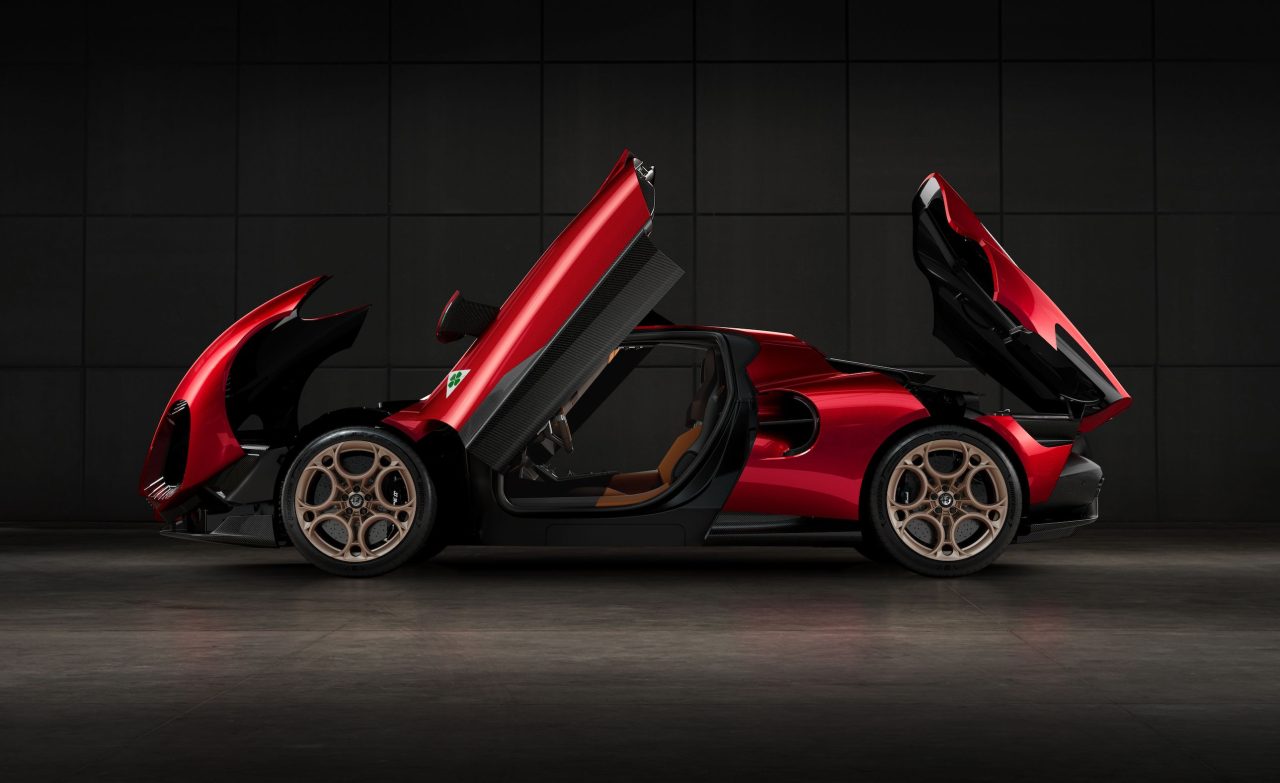 VIEW PHOTOSALFA ROMEO
VIEW PHOTOSALFA ROMEO
Though the reimagined 33 Stradale lacks a direct connection to any modern Alfa Romeo race car, the new 33 is no less lustworthy than its forebear. Just 18 examples of the original 33 Stradale left the factory.
Alfa’s Halo Car
This time around Alfa’s expanding the reach of the 33 Stradale by adding an extra 15 units to the production run. Want one? Too late, all 33 spots for the surely close to—if not more than—seven-figure halo car are spoken for. These lucky (and wealthy) customers span the globe, per Alfa, including North America.
The design of the 33 Stradale—with its low-slung looks, flowing lines, butterfly doors, and airy glass canopy—is arguably its pièce de résistance, and its retro-modern styling bridges the gap between Alfa’s past and its future. This applies to the art deco interior that mimics the cockpit of a jet airplane as well.
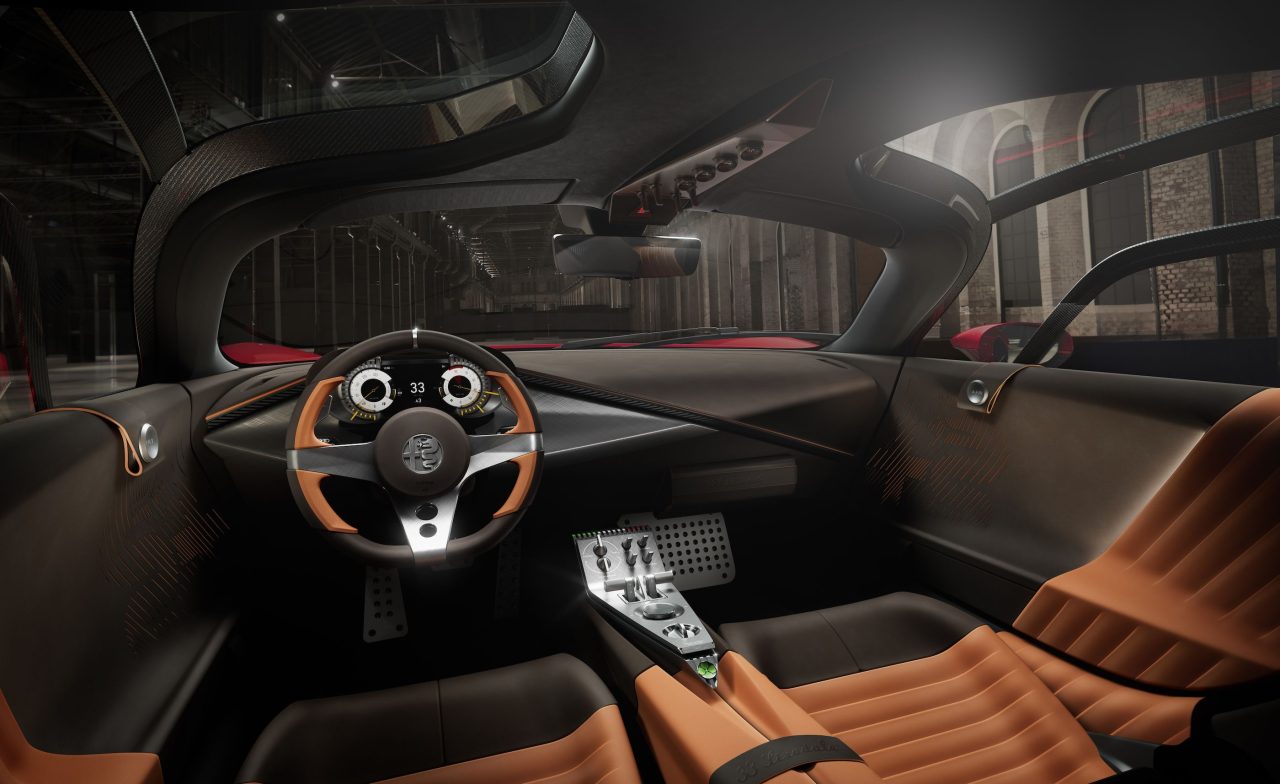 VIEW PHOTOSALFA ROMEO
VIEW PHOTOSALFA ROMEO
Physical switchgear pockmarks the cabin, with the 33 Stradale integrating physical controls to engage the likes of its front-axle lift, launch-control system, and drive-mode selector, which offers the driver two settings to choose from: the default Strada mode that favors on-road comfort or the track-oriented Pista setting.
ADVERTISEMENT – CONTINUE READING BELOWMaserati Mechanical Connection
Like Alfa’s last halo car, the front-engine 8C Competizione coupe and 8C Spider convertible of the late 2000s, the 33 Stradale pulls much of its mechanical hardware from the Maserati parts bin. This includes integral chassis components from the MC20. The two Italian sports cars even share the same wheelbase, and both gas-powered models’ powertrains consist of a twin-turbocharged 3.0-liter V-6 that produces north of 620 horsepower and an eight-speed dual-clutch automated transmission.
But internal-combustion engines are the powertrain of yesterday. Electricity will power many of tomorrow’s cars, and the 33 Stradale acknowledges this by way of its available battery-electric powertrain. Alfa Romeo is mum on specifics, but it claims the setup makes more than 750 horsepower and ought to provide around 240 miles of driving range on a full charge.
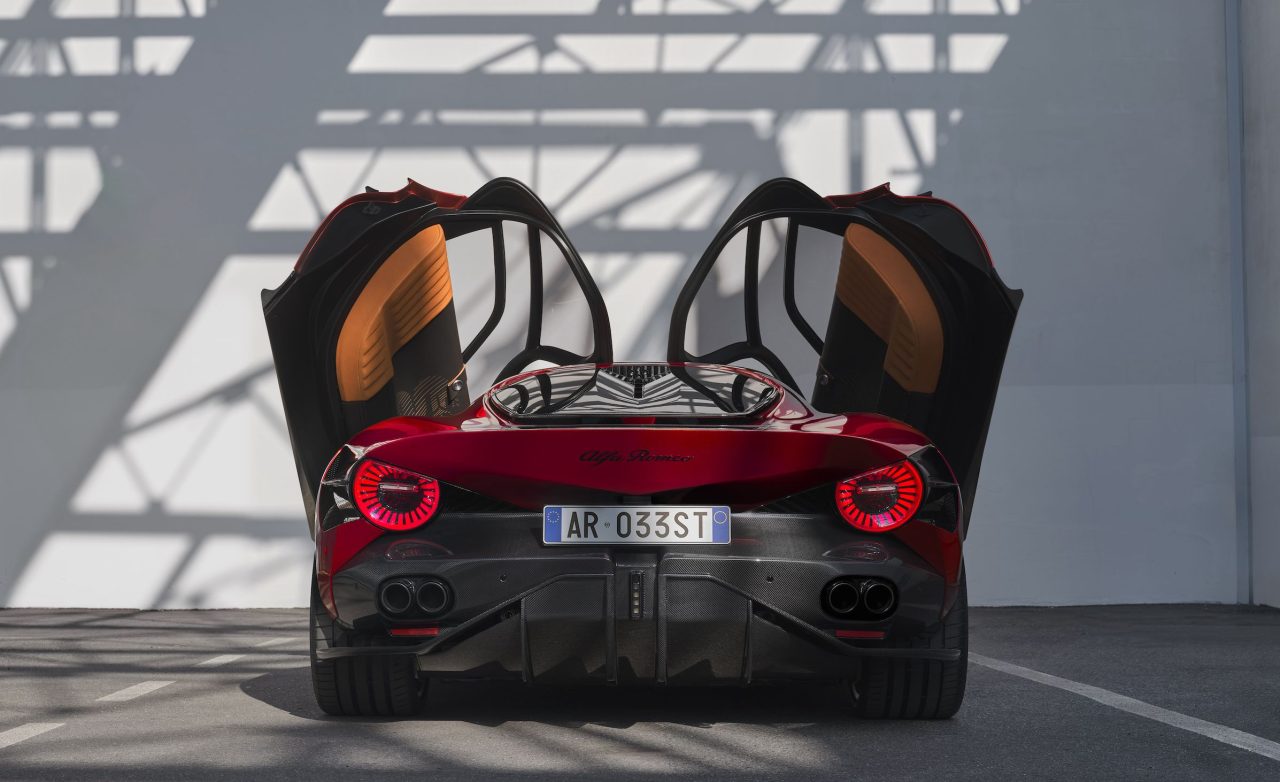 VIEW PHOTOSALFA ROMEO
VIEW PHOTOSALFA ROMEO
Regardless, Alfa Romeo expects the battery-powered 33 Stradale to pack an extra half-ton of weight compared to the sub-3300-pound gas model. That additional mass ought to have little effect on off-the-line acceleration, though, as the automaker estimates both powertrains will push the 33 Stradale to 60 mph in less than 3.0 seconds, with the higher-powered electric variant hitting the mile-a-minute mark just a couple ticks ahead of the gasser. (For what it’s worth, a nearly 3800-pound MC20 needed 3.2 seconds to hit 60 mph under our supervision.)
33 for 33
Just how many of these hand-built Italian supercars leave Carrozzeria Touring Superleggera’s factory under battery or gas power once production commences in June 2024 ultimately depends on the preference of each individual customer. That said, we hear the majority of buyers are favoring the internal-combustion option.
Though there’s always the chance this limited-run sports car does little more than celebrate Alfa Romeo’s past glory, we’re hopeful that the 33 Stradale previews the future design direction, approach to dynamic performance, and general extravagance of the next generation of mass-produced models from the historic Italian marque.



